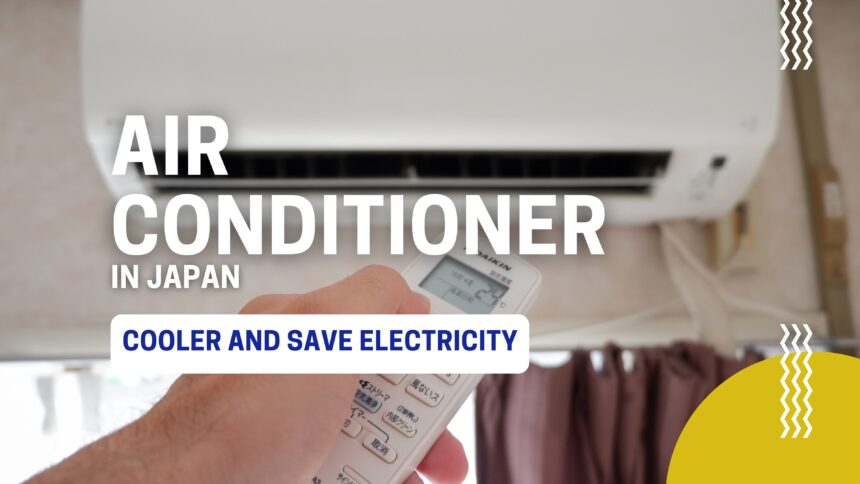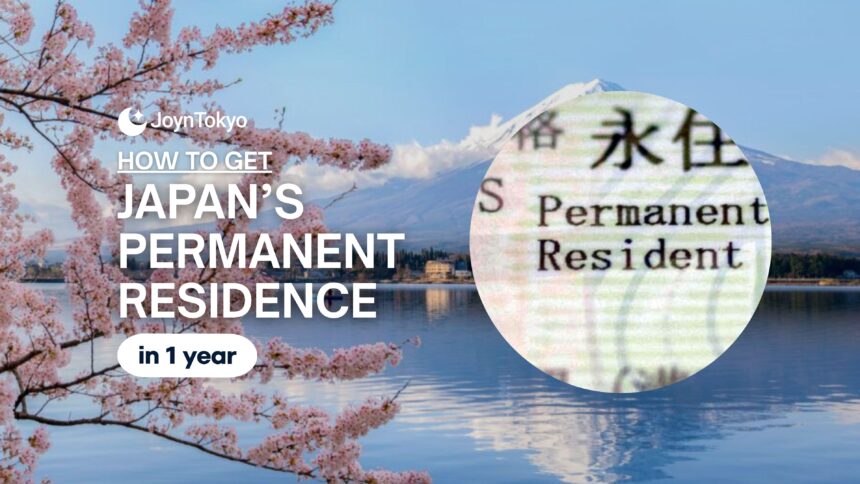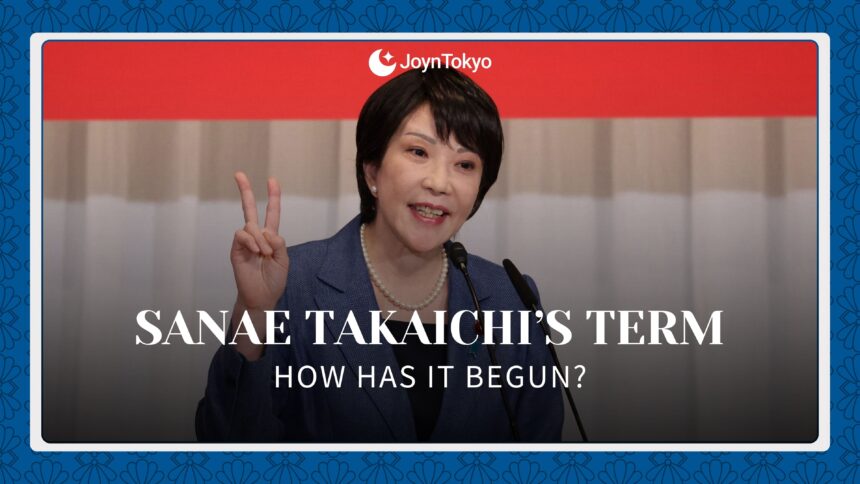Moving to Japan means facing both muggy summers and nippy winters, and often in the same apartment! Today, we will demystify Japanese air conditioners so you can choose, install, and run one with all the confidence you need.
Air Conditioner Costs in Japan at a Glance
If you read nothing else, you need to read this! The figures below will help you plan a realistic budget for your new AC unit.
Average Unit Cost
Small room (≈ 6 tatami / 10 m²)
¥50,000 – ¥70,000
Typical for bedrooms, study rooms, or compact apartments.
Medium room (≈ 10 tatami / 16 m²)
¥80,000 – ¥120,000
Common choice for slightly larger bedrooms or shared living spaces.
Living room (≈ 14 tatami / 23 m²)
¥120,000 – ¥220,000
For main living areas or combined dining-kitchen spaces, higher-end models often include advanced filters, quiet operation, and smart controls.
Standard Installation Fee
Electronic chains charge roughly ¥14,300 for units up to 3.6 kW and ¥19,800 for larger units. Window-type kits start around ¥7,700.
Installation is another cost to factor into your budget. For standard wall-mounted split units up to 3.6 kW, electronic chains generally charge about ¥14,300. For larger units, installation rises to around ¥19,800. Window-type kits are cheaper to install, starting from about ¥7,700.
However, additional charges may apply in certain situations. For example, if extra piping is needed, you might pay an additional ¥3,000 to ¥5,000 per meter. If the wall requires reinforcement, if the installation is done in a high-rise apartment, or if scaffolding is needed, those fees can also increase the total cost. Many households also need to pay for removal and disposal of the old unit, which usually adds another ¥5,000 to ¥10,000.
Monthly Costs of Japanese Air Conditioners
Electricity is the long-term expense that can really add up. In Tokyo in 2025, the average tariff is between ¥30 and ¥40 per kilowatt-hour before subsidies. The government continues to provide seasonal rebates for energy-efficient appliances, so choosing a unit with a high APF (Annual Performance Factor) rating can significantly lower bills.
To put this into perspective, a small bedroom air conditioner with a capacity of about 3.6 kW used for eight hours a day in the summer might add ¥2,500 to ¥4,000 per month to your electricity bill. A larger 5.6 kW unit for the living room could raise the bill by ¥5,000 to ¥8,000 per month with daily use.
Cost Breakdown Table
The following table summarizes the typical upfront and operating costs you should expect:
| Room Size (Tatami / m²) | Unit Cost Range | Standard Installation | Typical Monthly Electricity (Summer) |
|---|---|---|---|
| Small (6 tatami / 10 m²) | ¥50,000 – ¥70,000 | ¥14,300 | ¥2,500 – ¥4,000 |
| Medium (10 tatami / 16 m²) | ¥80,000 – ¥120,000 | ¥14,300 | ¥3,000 – ¥5,000 |
| Living Room (14 tatami / 23 m²) | ¥120,000 – ¥220,000 | ¥19,800 | ¥5,000 – ¥8,000 |
Must Know Air Conditioner Remote Buttons in Japan
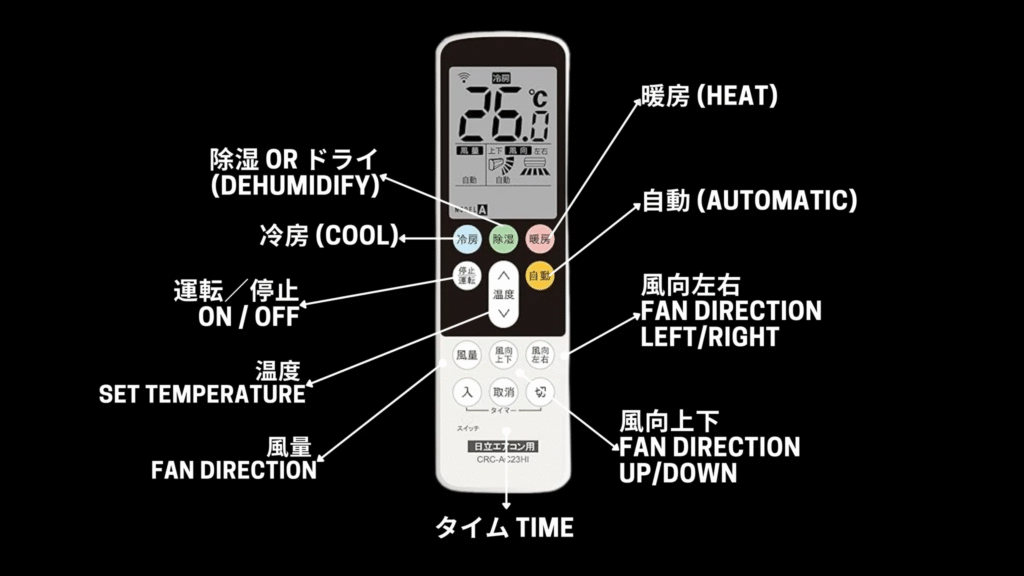
Japanese air conditioner remotes can look intimidating, but once you know the basic buttons, controlling your unit becomes easy. Here are the essential functions you will see on almost every AC remote in Japan.
冷房 (Reibō / Cool)
The 冷房 button switches the air conditioner into cooling mode. This is the setting most commonly used during Japan’s hot summers. Once activated, you can adjust the target temperature using the ▲ and ▼ buttons to keep the room comfortably cool.
暖房 (Danbō / Heat)
The 暖房 button activates heating mode. Air conditioners in Japan double as heaters, so this function is crucial during the cold winter months. Increasing the set temperature raises the room’s warmth gradually while maintaining energy efficiency.
除湿 or ドライ (Joshitsu / Dry or Dehumidify)
The 除湿 or ドライ button controls the dehumidifying function. This mode reduces humidity without excessively cooling the room, which makes it particularly useful during Japan’s rainy season or humid summer nights. Running in this mode can also help prevent mold growth.
風量 (Fūryō / Fan Speed)
The 風量 button adjusts how strongly air is blown into the room. Options typically include automatic adjustment, low, medium, and high settings. Higher speeds cool or heat faster, while lower speeds are quieter and consume less electricity.
ECO (Energy-Saving Mode)
The ECO button helps reduce electricity consumption by optimizing compressor and fan performance. In this mode, the air conditioner may cool or heat more gently, but it significantly cuts down on monthly electricity bills. Many households use ECO mode overnight or when continuous air conditioning is needed.
Choosing the Right Air Conditioner in Japan
When buying an air conditioner in Japan, it is easy to feel overwhelmed. Japan offers more model variations per square meter than most other countries, and without the right knowledge, you may end up overpaying or choosing a unit that cannot properly cool or heat your space.
Unit Types
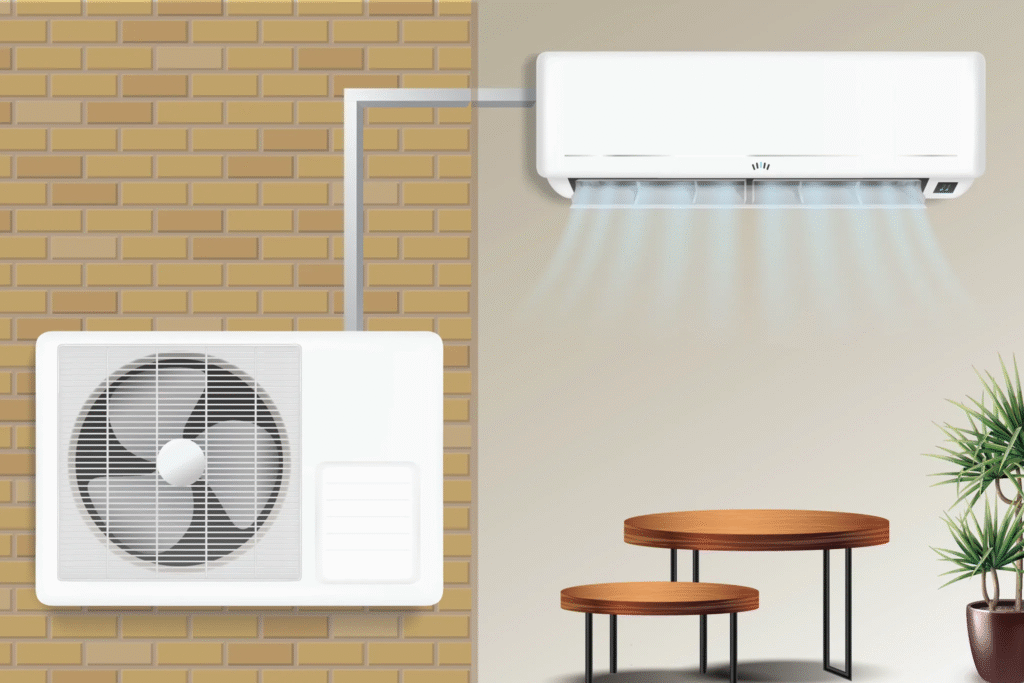
Most Japanese apartments use wall-mounted split-type air conditioners paired with an outdoor condenser. These are the standard choice because they are efficient, compact, and widely supported by landlords. Portable or window units are also available, but they often violate rental rules because of excess vibration and water drainage issues. For larger homes, multi-split systems, where one outdoor condenser powers several indoor units, are a practical solution. Central air conditioning, however, remains uncommon in Japan.
Capacity and Price by Tatami Size

In Japan, air conditioner capacity is measured by tatami size instead of BTU. For example, a 6-tatami unit is about 2.2 kW, which is suitable for small bedrooms, while a 14-tatami living room unit exceeds 4 kW. Prices rise steeply once you go beyond 3.6 kW, partly because at that point a 200V outlet becomes mandatory. Knowing the tatami size of your room will help you avoid overspending on a unit that is too powerful, or under-cooling by buying one that is too small.
| Room Size (Tatami / m²) | Approx. Capacity (kW) | Notes on Usage |
|---|---|---|
| 6 tatami / 10 m² | ~2.2 kW | Small bedrooms or studies |
| 10 tatami / 16 m² | ~2.8–3.6 kW | Medium-sized rooms |
| 14 tatami / 23 m² | 4.0+ kW | Living rooms or open spaces |
Where to Buy Air Conditioners in Japan
Big-box retailers such as Yodobashi Camera or Bic Camera often include standard installation in the purchase price and may also offer extended warranties. Buying online through marketplaces like Rakuten or Amazon can be cheaper for the unit itself, but in that case installation is usually not included and you must arrange and pay separately. Always check with your landlord before booking an installation, especially if you are renting, as drilling walls or mounting outdoor units may require approval.
Japanese Air Conditioners: Maintenance Tips
Buying the right unit is only the first step. To keep your air conditioner running efficiently in Japan’s hot summers and cold winters, regular maintenance is essential. Simple upkeep can save electricity, extend the unit’s lifespan, and prevent costly repairs.
Clean the Filters Frequently
Dust and pollen build up quickly in Japan’s humid climate. Cleaning the AC filters every two to four weeks during peak use helps maintain strong airflow and reduces electricity consumption. Most units allow you to remove the filters easily and wash them with warm water. Let them dry completely before reinstalling.
Check the Outdoor Unit
The outdoor condenser should be kept clear of leaves, dirt, or objects that block airflow. In apartments, check the balcony or veranda to ensure proper drainage and ventilation. Covering or blocking the unit can cause overheating and poor cooling performance.
Use Built-In Features
Many Japanese air conditioners come with self-cleaning functions or filter alerts. Make use of these features to reduce dust accumulation and ensure the system runs smoothly. Activating ECO or energy-saving modes also lowers strain on the unit while cutting monthly bills.
Schedule Professional Servicing
Even with regular cleaning, a professional inspection every one to two years is recommended. Technicians can deep-clean the coils, check refrigerant levels, and make sure the drainage system works properly. Regular servicing prevents issues such as water leakage, mold growth, and declining efficiency.
Japanese Air Conditioners: Cutting Your Power Bill
Air conditioning is essential for comfort in Japan’s hot summers and chilly winters, but it can also be one of the biggest contributors to your electricity bill. By learning how to use built-in energy-saving features, taking advantage of subsidies, and applying smart seasonal tactics, you can significantly reduce costs without sacrificing comfort.
Eco Modes & Timers
Most Japanese air conditioners include an ECO mode designed to improve efficiency automatically. When activated, ECO typically adjusts the set-point by about ±1 °C and reduces fan speed. This small change can cut energy use by roughly 10 percent immediately while still maintaining a comfortable room temperature.
Timers are another important tool. A sleep timer allows the unit to shut off after you fall asleep, avoiding unnecessary operation through the night. A start-up timer ensures your room is already cool or warm before you arrive home, meaning the unit runs at low power instead of being forced into a high-demand burst. Using timers effectively can save several hundred yen each month.
Seasonal Tactics
Smart usage habits can make just as much difference as built-in technology. During summer, keep doors and curtains closed to trap cool air inside. On days that are humid but not extremely hot, switching to the 除湿 (dehumidification or “Dry” mode) can reduce electricity consumption by about 30 percent compared to full cooling.
In winter, setting the air conditioner to around 20 °C balances comfort with efficiency. Since heating large spaces with an air conditioner can be expensive, many households supplement with low-cost alternatives such as heated tables (kotatsu) or small space heaters. These secondary heat sources allow the AC to work less, resulting in noticeable savings on monthly bills.

